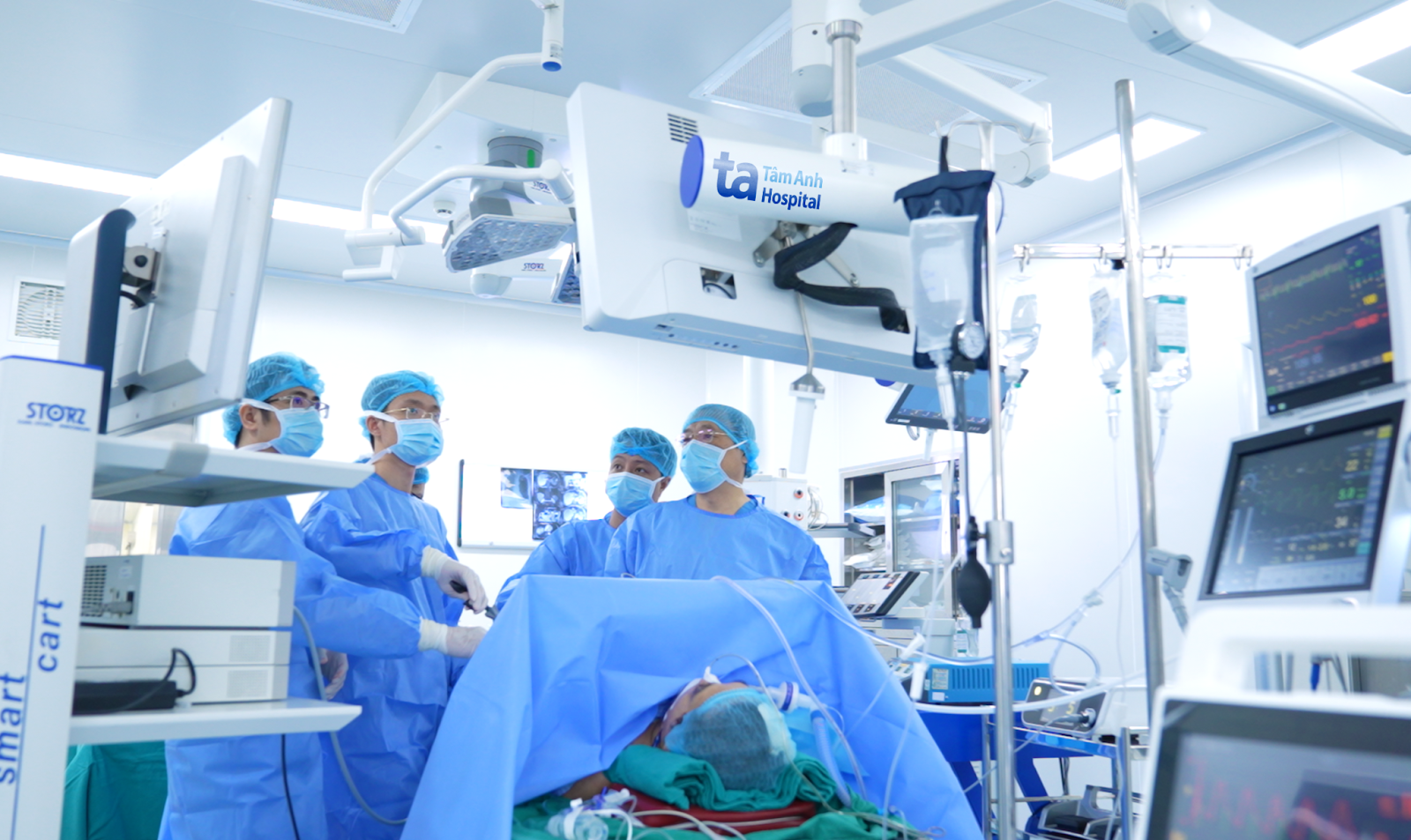Answer:
According to the International Agency for Research on Cancer (IARC), a simultaneous cancer diagnosis occurs when a patient receives two cancer diagnoses within 6 months. For example, a patient diagnosed with bladder cancer might receive an additional diagnosis of lung cancer within the following 6 months.
A simultaneous cancer diagnosis is different from metastatic cancer, where tumors appear in different body parts but share the same histopathological results. Although less common, some individuals may even receive three simultaneous cancer diagnoses. When multiple cancers occur simultaneously, doctors prioritize treating the most aggressive and life-threatening cancer first.
In your case, you have stage 2 pancreatic and thyroid cancers. Pancreatic cancer typically progresses more rapidly, carries a poorer prognosis, and has a higher risk of compressing nearby organs and metastasizing. Thyroid cancer, however, usually progresses more slowly, is often more treatable, and has a better prognosis. Therefore, your pancreatic cancer would likely be treated first. The treatment sequence could involve pancreatic surgery, chemotherapy, and nutritional support for recovery and stabilization, followed by thyroid surgery and radiation therapy.
 |
Laparoscopic pancreatic surgery for a cancer patient. Photo: *Tam Anh General Hospital* |
In special cases, if both cancers respond to the same treatment protocol, they can be treated concurrently. For instance, if someone has both breast and ovarian cancers that are positive for the BRCA1 mutation and are sensitive to the same targeted therapy and chemotherapy regimen, doctors may treat both cancers simultaneously.
Dr. Nguyen Duc Luan, MD., PhD.
Oncology Department
Tam Anh General Hospital, Hanoi
| Readers can submit questions about cancer here for doctors to answer. |












